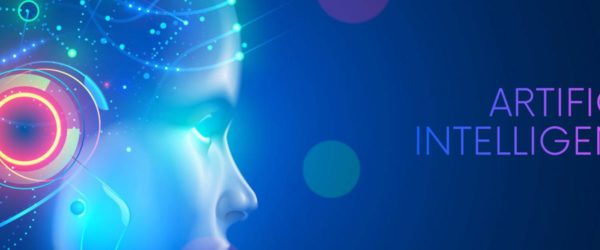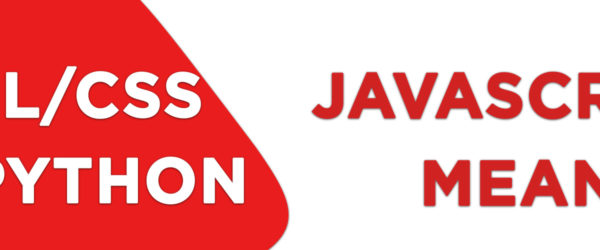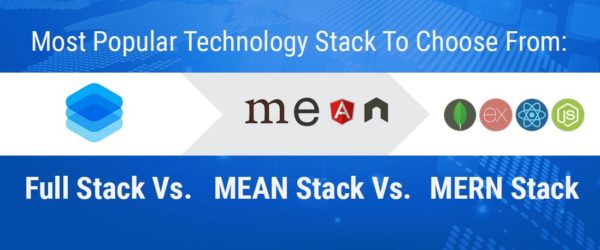Programming languages, much the same as communicated in languages, have their exceptional structures, configurations, and streams.
While communicated in languages are normally controlled by geology, the utilization of programming languages is resolved more by the coder’s list, IT culture, and business goals.
With regards to information science, four programming languages are overwhelmingly liked. We asked information examination specialists to separate every one of these languages and their jobs in deconstructing big data.
Four major information programming languages
There are many, many programming languages today utilized for an variety of purposes, however the four most important you’ll see with regards to big data are:
- Python
- R
- Java
- Scala
A portion of these languages are better for huge scope investigative undertakings while others exceed expectations at operationalizing big data and the web of things. We should begin with Python to see where it fits.
Python programming language
It’s judged that there are almost 5 million Python clients today, making it one of the most normally used languages. Truly, even NASA uses Python to program its space gear.
Python’s prevalence is helped by its pretty low expectation to absorb information, and more section level coders are looking toward Python as their first language. Be that as it may, what is Python’s job with regards to big data? How about we hear what our specialists need to state:

John Munn, Managing Director of Global Digital Week said:
Python is quite straightforward and simple to learn, yet will, in general, be somewhat old-fashioned. New highlights are typically offered to Java first with Python not getting those highlights for a couple of updates.
Prafulla Chandra Prasad, IT Professional with IBM and Owner of Cool Techno Spy said:
As of late, Python got its purpose because of the rise of man-made awareness, AI, and data science. Python is best perfect with AI and data investigation, or any movement that includes static designs, scientific figuring, computerization, media, database, content pictures preparing.
The principle focal points of Python are its large libraries that can perform staggered tasks. This Python fits the bill for big data study.
Prafulla Chandra Prasad, IT Professional with IBM & Owner of Cool Techno Spy said:
As of late, Python got its incentive because of the emergence of artificial intelligence, machine learning, and data science. Python is the best good with machine learning and data investigation or any action that incorporates static designs, numerical estimation, automation, multimedia, database, text-images processing.
The principle favorable circumstances of Python are its enormous libraries that can perform staggered errands. This Python meets all requirements for big data examination.
Krzysztof Surowiecki, Managing Partner at Hexe Data Said
On the off chance that I needed to pick one language, I would put Python as an awesome decision for working with big data. Why would that be
- Python is all-inclusive. It’s a language that can be viably used to download data, send data, clean data, and introduce them as a site (e.g. using libraries such as Bokeh and Django as the basis of a website).
- Python is perfect for the extension because of the rich biological system of top-notch libraries. Let us notice here just Numpy, Pandas, Matplotlib, bokeh, Tensorflow, Scikit-learn, and Nltk. Every one of these libraries gives instant answers for working with, for instance, enormous data sets or thoughts.
- Python is generally simple to learn, due to the instinctive (normal language-like) syntax structure and high movement of the Python condition.
- Python is steady and unsurprising in the context of the advancement cycle. Python isn’t the main programming language for big data, yet it is supposed to be the programming language of decision for data science. It surpassed R as of late, and in 2018, 66 percent of data researchers said they use it every day, making Python the main instrument for examiners.
R programming language
R is another open source language like Python, notwithstanding, its application is substantially more statistical and proves to be useful for data visualization and displaying instead of analysis. How about we allude to the specialists again to get their thoughts on R.

John Munn said:
R is ground-breaking, however, it can’t generally be used as a broadly useful language. Even though you can do incredible things with R, you will most likely need to translate it into Python, Scala, or Java before really utilizing it.
Prafulla Chandra Prasad said
One of the most flexible programming language used by data miners and data scientists to analyze data. It offers solid object-oriented programming and reset occupations in computing language. The plotting of statics can be effortlessly made sense of creating diagrams and other mathematical symbols.
While R has numerous capacities, the language itself is very best in class and the expectation to absorb information is significantly more extreme than Python. Even though, the community support and the sheer number of accessible libraries for Python are more outstanding. In this way, it truly comes down to the coder’s inclination.
Java programming language
One of the most punctual programming languages, Java is generally known for its versatility and unifying a considerable lot of the data science strategies. Likewise, Hadoop HDFS – the open source structure for preparing and putting away big data applications – is altogether written in Java. Moreover, Java is likewise broadly utilized in building different ETL applications like Apache Camel, Apatar, and Apache Kafka that are utilized to run data extraction, transformation and stacking in a big data environment.

John Munn said:
Java is presumably the best language to learn for big data for various reasons; MapReduce, HDFS, Storm, Kafka, Spark, Apache Beam, and Scala (are all pieces of the JVM (Java Virtual Machine) biological system.
Java is by a long shot the most verified language. It has countless uses and can run on pretty much every framework – effectively the most adaptable language, so tremendously helpful for big data. Being portable, putting resources into Java is long haul advantageous for designers. As Oracle’s Ron Pressler stated, Java is 20-something years old. It will most likely be big and mainstream in an additional 20 years. We need to think 20 years ahead
Java has immense community bolsters like Stack Overflow and GitHub, and keeping in mind that it may not be as smoothed out as Scala or as incredible for data as R, it is still obviously better than some other language.
Alex Bekker, Head of Data Analytics at ScienceSoft said:
I accept that the fundamental big data programming language is Java, as all common big data changes, for example, Apache Hadoop, Apache Hive, Apache HBase, Apache Cassandra, and others, are written in this programming language. Other important languages are Python and R. Python is an ideal choice for ETL and data analysis, while R is the language of data science
Scala programming language
The last language on this rundown is called Scala, a high level open-source programming language part of the Java Virtual Machine ecosystem. Scala is fundamentally another way to say “scalability,” which means its ease of use with regards to big data. How about we counsel the specialists in our gathering to get their thoughts.

John Munn.
Scala is staggeringly well known in the money related industry and you can do a great deal with less code in Scala than in Java, be that as it may, Scala can without much of a stretch inflatable so it tends to be moderate compared with Java. It is additionally not as tried or flexible.
Bruce Kuo, Data Scientist at Codementor
Beside SQL, Python, and R, languages, for example, Java and Scala are not as perfect for big data investigation since they are increasingly similar to “pure” programming languages that need syntactic sugar. When contrasted and Python, there are likewise less data investigation libraries accessible.
It’s deserving writing that Apache Spark, a cluster-computing framework for big data applications, is entirely written in Scala. You can learn more about Spark by reading some real-user reviews.
Picking the correct language
Regardless of whether it’s an in practice sentence structure language like Python or increasingly traditional languages like Java and R, picking the correct programming language for big data truly comes down to you and your business’ inclination.





